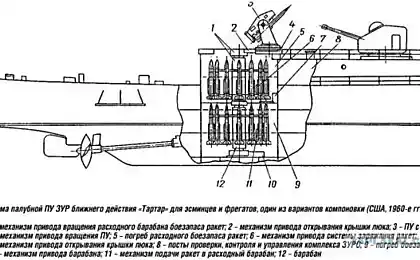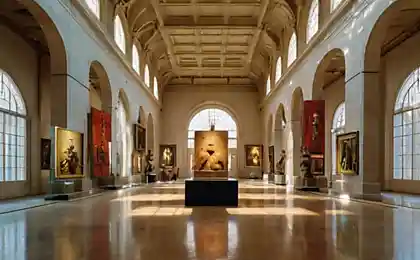588
Military Ship Museum in Stockholm
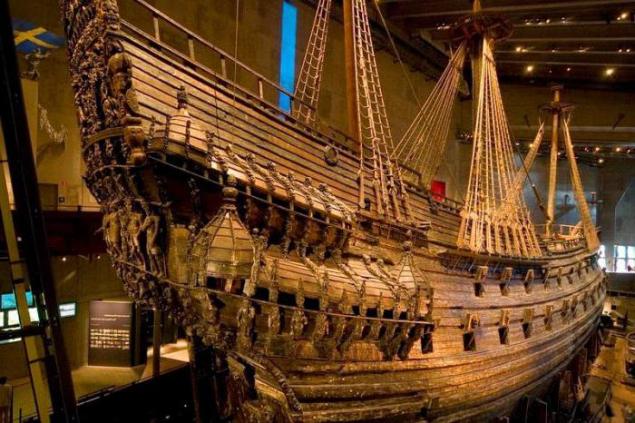
The Vasa Museum opened in 1990 to show the Vasa, an impressive warship that plunged into the abyss of water on its maiden voyage in 1628. The ship was restored in the early 1960s and is now one of Stockholm’s most popular attractions.
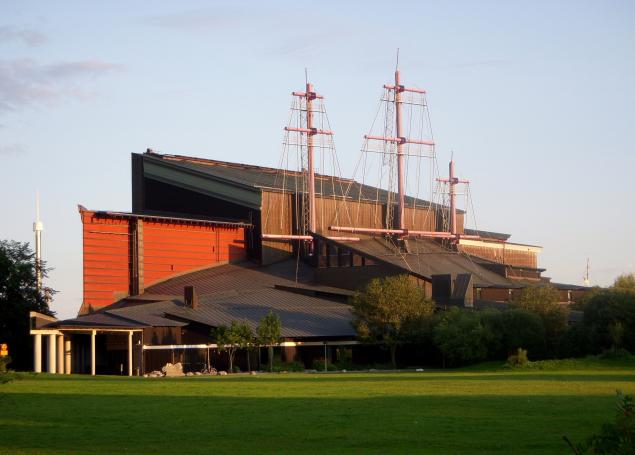
In 1625, King Gustav II Adolf, a member of the Vasa dynasty, commissioned the construction of four new warships, of which Vasa was to become the most significant.
It was the largest ship ever built in Sweden, and Vasa was supposed to be the pride of maritime shipbuilding. Construction of the galleon began at the naval shipyard, now it is the Blaziholmen district. The construction of the ship involved less than three hundred people, the ship was built in a fairly short period of time, it took less than three years.
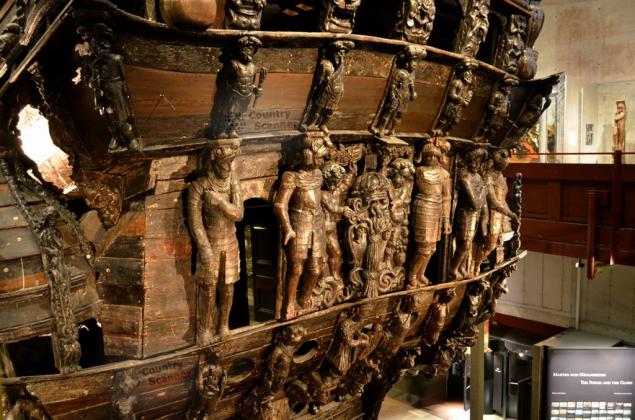
On August 10, 1628, a large crowd gathered near the quays to see Vasa depart from Slussen on its maiden voyage. The ship headed to the naval base of Elvsnabben, where about three hundred soldiers are to board. But the cruiser never reached its destination: soon after it raised four of its ten sails, water began to penetrate the ship through open cannon hatches. The voyage was short, and the journey ended sadly - sailed only 1,300 meters (0.8 miles), the ship sank, taking with it to the bottom a total of one hundred and fifty people.
After the disaster, the captain of the ship was taken into custody, but it soon became clear that the main cause of the disaster was not his fault. The ship, although well built according to the time-tested method traditionally used by Dutch craftsmen, was far from proportional. The ship was too heavy and tall for its hull.
Saving Vasa
As early as the seventeenth century, attempts were made to save the ship, but only the cannons were restored. Over time, the exact position of the disaster has disappeared.
Finally, in 1956, after several years of searching for the wreck site, it was identified by amateur archaeologist Anders Franzen. He set the place of flooding on the found wooden fragment of the body. During the following year, technically complex preparatory work was carried out to lift the sailboat. After years of preparatory work, Vasa returned to the surface in 1961.
Due to the low salt content in the water, the wooden ship is perfectly preserved, as shipworms survive only in water with minimal salt levels. However, there was still a huge restoration work to be done, thanks to which thousands of items were restored.
Vasa Museum
It was clear that such an impressive piece of history deserved its own museum. Shortly after Vasa was rescued, the Vasa Museum was opened at the shipyard. In 1987, construction of a purpose-built museum for Vasa began in Djurgarden, not far from where the ship sank in 1628. Three years later, the Vasa Museum opened to the public.
The exterior of the building, designed by Goran Manson and Marianne Dalback, was clearly inspired by the shape of a giant sailboat. The Vasa was the largest warship of its time: it had 10 sails, carried 64 cannons, had a crew of 145 people and could accommodate 300 soldiers. The ship was about 69 meters (226 feet) long and its main mast was over 52 meters. But what makes the ship really impressive is its rich decoration. 500 sculptures and 200 other ornaments were specially created and brought from Holland, Germany and Italy.

The most impressive decorations are the large lion on the ship and the majestic 19.3-meter (63-foot) tall stern, which is completely covered in magnificent sculptures. The lion is an allusion to King Gustav II, who was known as the Lion of the North.
Most of the statues on the ship depict figures from Greek mythology and the Bible. But there are also images of sea monsters, Swedish aristocrats and royal symbols. The original sculptures are now in plain wood, but were originally painted in bright colors. A fully painted scale model of Vasa shows what the ship was supposed to look like in 1628.
Art: most original exhibition in the capital
Overview of pain medications - which is better Baralgin, Mexican or Andipal




